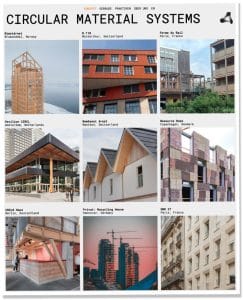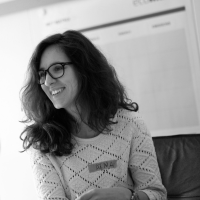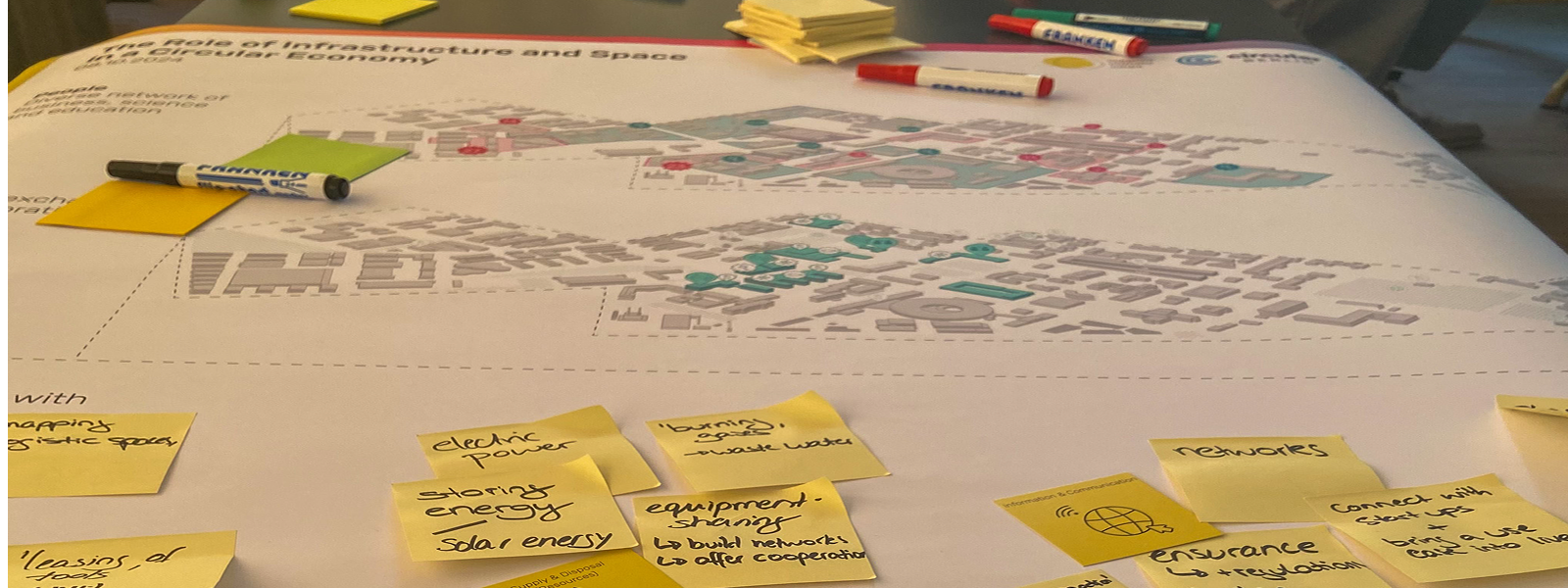With this project, we want to advance the awareness of construction practitioners about buildings with circular principles and variety of methods and practices that are needed to realise them. We aim to make knowledge simple, understandable and accessible, and thus increase the acceptance of reuse in construction as well as different relation approaches that contribute to circularity.
INITIATED BY
Georg Hubmann, Vera van Maaren and Circular Berlin
PARTNERS
In collaboration with TU Berlin and many other contributors
DATE
March 2021 – May 2024
The challenge
Buildings have a significant impact on the environment, climate and quality of life. One third of global resource consumption and almost half of energy consumption is accounted for by the building sector. In Germany, the sector devours more than 50 percent of the mineral resources available annually, even 90 percent from domestic extraction. Until now, sustainable building has been equated primarily with the use of natural, resource-conserving or renewable building materials.
Our approach
Circular Berlin has teamed up with different partners to demonstrate the potential of using circular approaches for the construction of buildings. The project focuses mainly on understanding the processes behind this innovative method of construction. For example, how to source secondary materials and integrate them into the design of buildings. One of the major challenges for all those involved in construction is the lacking knowledge about the specifics of circularity and how it differs from other sustainable approaches in construction.
The project was the result of a research collaboration between Georg Hubmann and Vera van Maaren. They were teaching four seminars at TU Berlin between 2021-2023, presented papers at two conferences and one symposium, organised three exhibitions, were part of the New European Bauhaus Festival, made site-visits, and had many work meetings to make this possible. A big applause goes to all the 65 students who passionately contributed to the case studies.
Circular Berlin team provided valuable input for the case study content finalisation and practices description, as well as contributed to the realisation of the website.
The outcomes
The results is documented in the form of process description, so that every stakeholder in the construction value chain can follow it and start the realisation of the project with the secondary materials.
‘Circular Material Systems’ collects circular practices in construction across Europe that contribute to keep materials in the value chain. By highlighting material as well as immaterial practices, a new architectural language emerges that is adapted to the age of the Anthropocene. In addition to the building analysis, circular practices were identified, aiming to offer practical steps and help for designers, construction clients and asset owners seeking to incorporate circular economy principles into their projects.
Further steps
We will keep on updating the new cases and practices to understand more the specifics for circular construction and vanity of approaches.







